In today’s fast-paced world, keeping your home clean while maintaining your lifestyle balance can be a challenge. The debate of robot vacuum vs traditional vacuum continues to heat up, with technological innovations transforming how we manage household chores. In this comprehensive guide, we explore every angle—efficiency, performance, cost, convenience, and technology—to help you determine which vacuum system truly suits your needs.
What Is a Robot Vacuum and How Does It Work?
Robot vacuums, also known as automated vacuum cleaners, are compact, disc-shaped devices that use sensors, AI algorithms, and motorized brushes to clean your floors with minimal human intervention. Most models include:
- Smart mapping technology
- Wi-Fi and app integration
- Scheduled cleaning
- Auto-docking and recharging
- Voice control compatibility (Alexa, Google Assistant)
These features allow robot vacuums to navigate around furniture, avoid stairs, and clean specific areas according to your preferences.
What Is a Traditional Vacuum Cleaner?
Traditional vacuums include upright, canister, handheld, and stick models. These devices require manual operation and offer a wide variety of attachments for deep cleaning. They typically include:
- Powerful suction
- Bagged or bagless options
- HEPA filtration systems
- Multi-surface compatibility
- Customizable settings for carpet, hardwood, tile, and more
While they require more physical effort, traditional vacuums are often praised for their deep-cleaning performance, especially on carpeted surfaces and high-traffic areas.
Cleaning Performance: Which Does a Better Job?
Traditional vacuums still reign supreme when it comes to sheer suction power. Their larger motors and adjustable height settings allow them to extract deeply embedded dirt, pet hair, and allergens. Upright and canister models, especially those with HEPA filters, are ideal for homes with thick carpets or allergy sufferers.
On the other hand, robot vacuums excel in maintenance cleaning. They work best on hardwood, tile, and low-pile carpets, making them perfect for day-to-day dirt management. Advanced models like the iRobot Roomba s9+ or Roborock S8 Pro Ultra now offer features like mopping, automatic dirt disposal, and AI object recognition.
Verdict: For deep cleaning, traditional vacuums win. For regular upkeep, robot vacuums are unmatched in convenience.
Convenience and Automation: A Clear Winner
One of the most compelling advantages of robot vacuums is their hands-free operation. With features like:
- Automatic scheduling
- Room mapping
- Auto recharging
- Remote app control
robot vacuums allow homeowners to maintain clean floors without lifting a finger. You can set them to clean while you’re at work, asleep, or even on vacation.
In contrast, traditional vacuums require manual labor. Although cordless stick vacuums like Dyson V15 Detect are lighter and more maneuverable, they still demand active involvement.
Verdict: For ease of use and time-saving, robot vacuums dominate.
Cost Comparison: Upfront and Long-Term Investment
Robot vacuums have a wide price range:
- Budget models: $150–$300 (e.g., Eufy RoboVac)
- Mid-range: $400–$700
- Premium models: $800–$1,500+ (with self-emptying bins and smart features)
Traditional vacuums vary as well:
- Budget upright vacuums: $100–$200
- Mid-range canister models: $300–$500
- High-end units: $600–$1,200 (e.g., Miele, Dyson)
While robot vacuums may seem costlier, they offer long-term value in terms of labor saved and routine upkeep. However, traditional vacuums are generally cheaper to maintain and have longer life spans.
Verdict: Traditional vacuums offer more cleaning power per dollar, but robot vacuums provide value in time and automation.
Battery Life vs. Power Source
Robot vacuums run on rechargeable lithium-ion batteries, offering 60–180 minutes of cleaning time per charge. Advanced models return to the dock automatically and resume cleaning once recharged.
Traditional vacuums either:
- Plug into a wall outlet (providing consistent power but limited mobility), or
- Use batteries in cordless versions (with 40–60 minutes run-time)
Verdict: For non-stop cleaning, traditional plug-in vacuums still provide more power. For autonomous, scheduled cleaning, robot vacuums are more practical.
Maintenance Requirements
Robot vacuums require:
- Frequent dustbin emptying (unless self-emptying)
- Regular brush and sensor cleaning
- Software updates
- Battery replacements after 1–2 years
Traditional vacuums need:
- Bag or bin emptying
- Filter replacements
- Brush roll cleaning
While robot vacuums are more complex, many now come with self-maintenance features that simplify upkeep.
Verdict: Traditional vacuums are simpler and cheaper to maintain, but newer robot vacuums are closing the gap fast.
Noise Levels
Robot vacuums generally operate at lower decibel levels (around 55–65 dB), making them ideal for use at night or in homes with small children or pets.
Traditional vacuums, especially powerful upright models, can reach 70–85 dB, which can be disruptive during use.
Verdict: Robot vacuums are significantly quieter and more family-friendly.
Technology Integration and Smart Features
Modern robot vacuums feature:
- LIDAR and SLAM navigation
- Smartphone and voice assistant control
- Real-time mapping and zone cleaning
- AI-powered obstacle avoidance
- Integration with smart home ecosystems
Traditional vacuums lack such features, though some cordless models have LCD screens and auto suction adjustment.
Verdict: In terms of smart features and innovation, robot vacuums lead the charge.
Which Is Better for Pet Owners?
Traditional vacuums like the Shark Navigator or Dyson Animal series have specialized pet hair attachments and stronger suction to remove dander from carpets and upholstery.
However, robot vacuums such as the iRobot j7+ are increasingly pet-friendly, offering:
- Tangle-free brushes
- Scheduled pet hair pickups
- Quiet operation that won’t scare pets
Verdict: Traditional vacuums are better for deep pet hair cleaning, but robot vacuums are ideal for daily shedding control.
Environmental Impact and Sustainability
Robot vacuums tend to be energy-efficient, drawing less power per use. Many also feature eco-friendly modes and recyclable parts. Their automatic nature ensures only essential cleaning, reducing unnecessary power usage.
Traditional vacuums, particularly older models, may consume more energy but generally have longer lifespans and fewer electronic components, reducing e-waste.
Verdict: Robot vacuums are more sustainable in daily operation, but traditional vacuums can be more durable long-term.
Conclusion
Both types of vacuums serve distinct purposes. If your priority is deep, intensive cleaning, especially in homes with pets or high carpeted areas, a traditional vacuum is indispensable. But for those who value automation, convenience, and time-saving features, a robot vacuum is an intelligent investment.
Best of Both Worlds: Many modern households now use both—a robot vacuum for daily upkeep and a traditional model for periodic deep cleans.


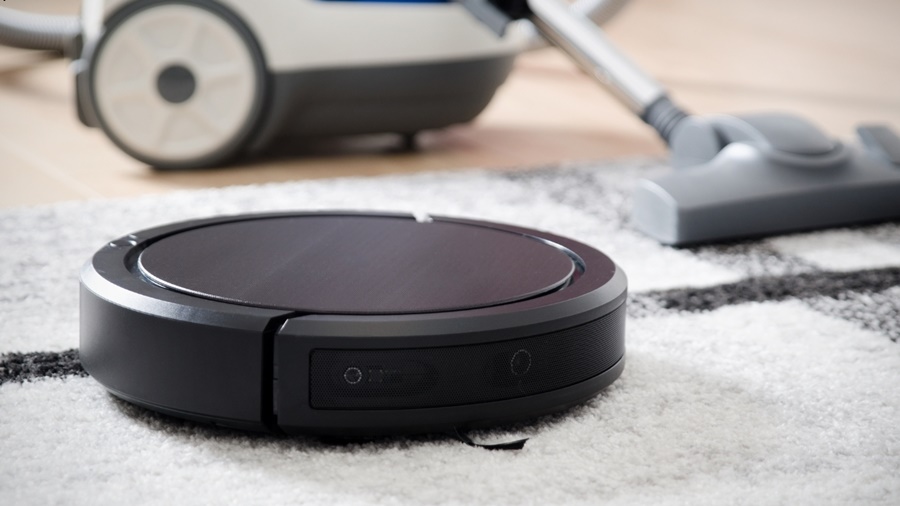
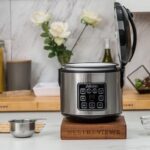
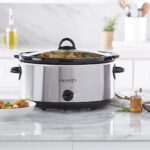

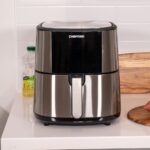
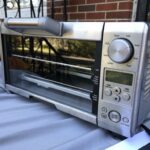
Leave a Reply